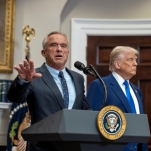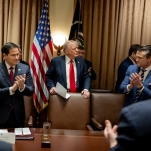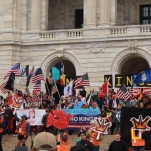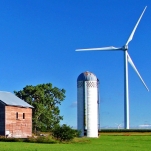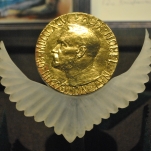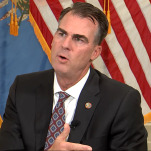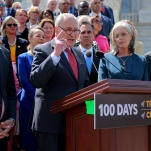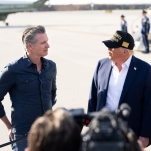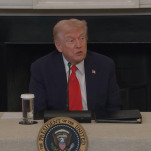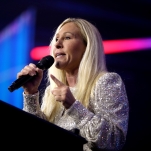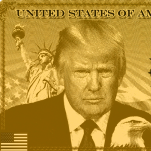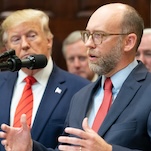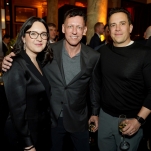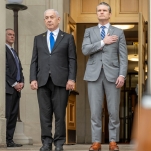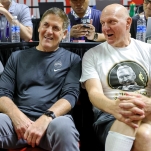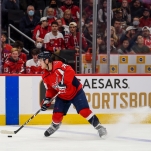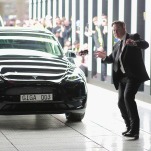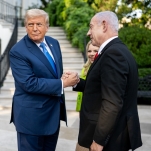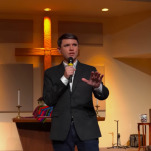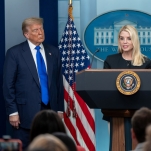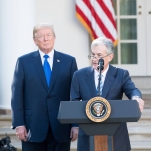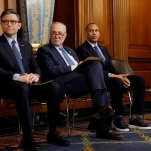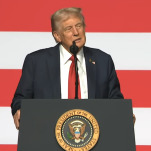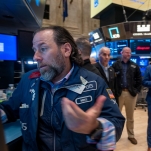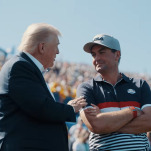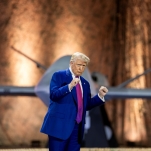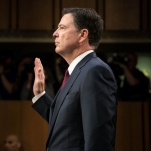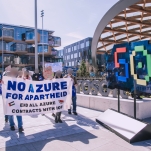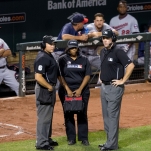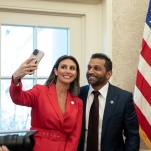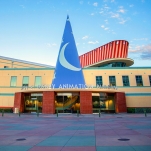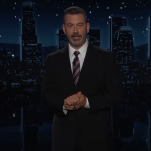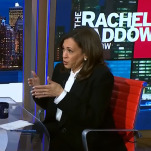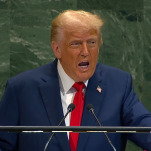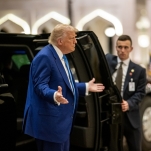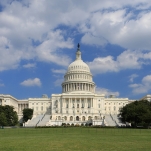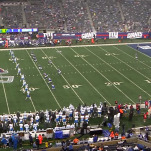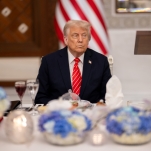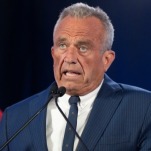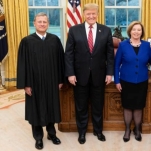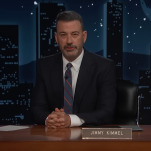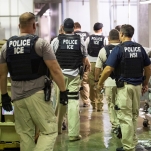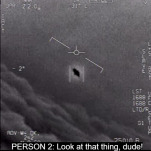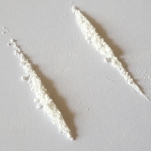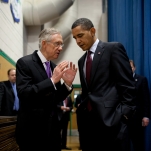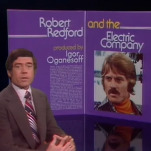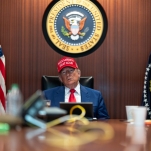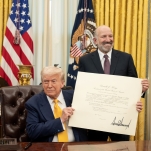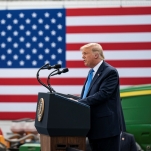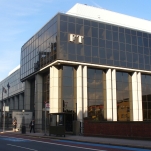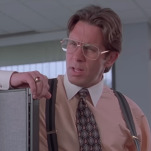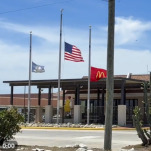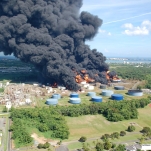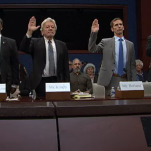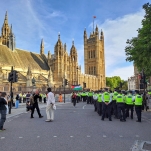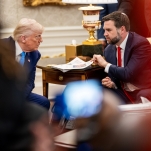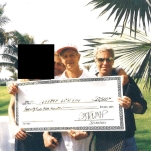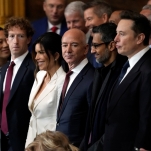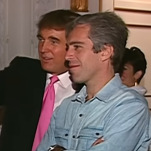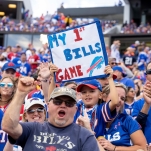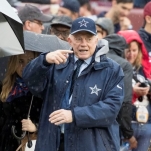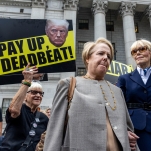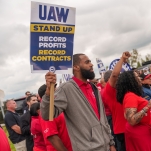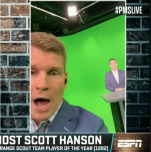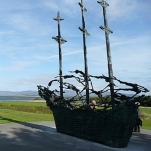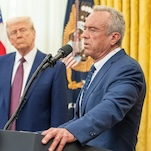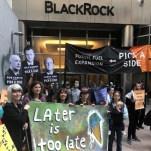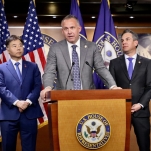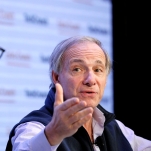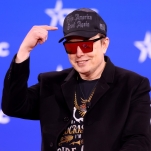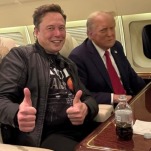Labor Needs a Party
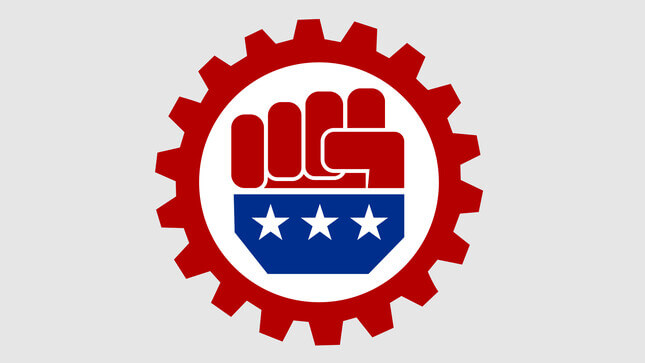

The United States is unique among Western democracies. We do not, and have never really had, a party of labor.
Traditionally, American labor has been identified as a key ally of the national Democratic Party, and for good reason—despite the objections of the southern faction of the party, the reforms of the New Deal brought gains and protections for labor that had until then been precarious. But in more recent years, with the conservative movement launching a full-throated attack on labor and rising Third Way moderation, the Democrats have sought to become a second party of business.
While socialist parties and labor parties in Europe have experienced this triangulation and abandonment of workers to some extent, it’s been felt all the more deeply in America, not least due to political restrictions which have effectively enshrined the two-party system as the only one we can have.
The culmination of all of this, combined with the rightward lurch of the nation’s politics since the early 1980s, is that the labor movement is in an even more tenuous position than it was before the New Deal. Union membership stands at roughly half of what it was in 1983, when the government began officially tracking it; there’s a federal government unusually hostile to unions even by our own low standards, and a Supreme Court whose defining feature will be its favoritism towards corporations and business. On the plus side, there’s a smaller but scrappy labor movement—led by teachers, domestic workers, flight attendants, fast-food workers, and so on—hellbent on fighting back and making major gains.
With this in mind, it’s worth revisiting again why the United States doesn’t have a labor party, and why—if the American right is ever to be defeated in a lasting way—we need a party that centers workers as soon as possible.
Much of the reason that the U.S. has never had a labor party can be traced to the fact that, almost from its inception, the American labor movement has rejected the idea. As the British labor historian Robin Archer recounted in Why Is There No Labor Party In the United States?, the 1894 convention of the American Federation of Labor debated a program to organize as a political party, an effort which got far enough that “some unionists had already begun to build party organizations in a number of key cities and states.” The program, however, was ultimately rejected thanks to the efforts of AFL founder and president Samuel Gompers, who feared, among other things, that creating a political party would distract from the necessary work of the labor movement, and that political efforts would be better spent trying to influence the agenda of the dominant parties at the time. Gompers addressed the question in a 1918 speech:
The fact is that an independent political labor party becomes either radical, so-called, or else reactionary, but it is primarily devoted to one thing and that is vote-getting. Every sail is trimmed to the getting of votes. The question of the conditions of Labor, the question of the standards of Labor, the question of the struggles and the sacrifices of Labor, to bring light into the lives and the work of the toilers—all that is subordinated to the one consideration of votes for the party.
[…]
The organization of a political labor party would simply mean the dividing of the activities and allegiance of the men and women of labor between two bodies, such as would often come in conflict.
A number of semi-popular third parties allied with labor popped up throughout the coming decades—namely Eugene Debs’ Socialist Party and Robert LaFollette’s Progressive Party. But Debs, involved in the founding of the American Railroad Union and the Industrial Workers of the World, mostly had an antagonistic relationship with the more mainstream unions like the AFL. The Progressive Party, meanwhile, largely existed as a vehicle for LaFollette Sr. to run for president in 1924, and all but disappeared as a national entity after that election.
The absence of a national labor party eventually allowed the Democratic Party to capture the support of most unions, largely through the labor reforms of the New Deal. The relationship was flawed from the start, though; the New Deal coalition had a very large, vocal Southern faction that was opposed to unions, mostly on the basis that they could help build racial solidarity among black and white workers. The end result was that the party which strengthened labor’s hand nationally during the 1930s was the same one that was instrumental in passing the anti-union Taft-Hartley Act a decade later. (Taft-Hartley sought to purge the labor movement of communist members, impeded the ability of unions to strike, and paved the way for some of the nation’s first right-to-work laws in places like the South—which was dominated at the time by, you guessed it, the Democratic Party.)
The relationship between Democrats and unions is still tenuous. While labor remains a key part of the party’s base to this day, that support is by no means guaranteed in the future, especially with regards to some trades. Donald Trump, who before 2016 and has since proven himself to be no friend to labor, won a larger share of union households in the last election than any Republican since Ronald Reagan.
-

-

-

-

-

-

-

-

-

-

-

-

-

-

-

-

-

-

-

-

-

-

-

-

-

-

-

-

-

-

-

-

-

-

-

-

-

-

-

-

-

-

-

-

-

-

-

-

-

-

-

-

-

-

-

-

-

-

-

-

-

-

-

-

-

-

-

-

-

-

-

-

-

-

-

-

-

-

-

-

-

-

-

-

-

-

-

-

-

-

-

-

-

-

-

-

-

-

-

-

-

-

-

-

-

-

-

-

